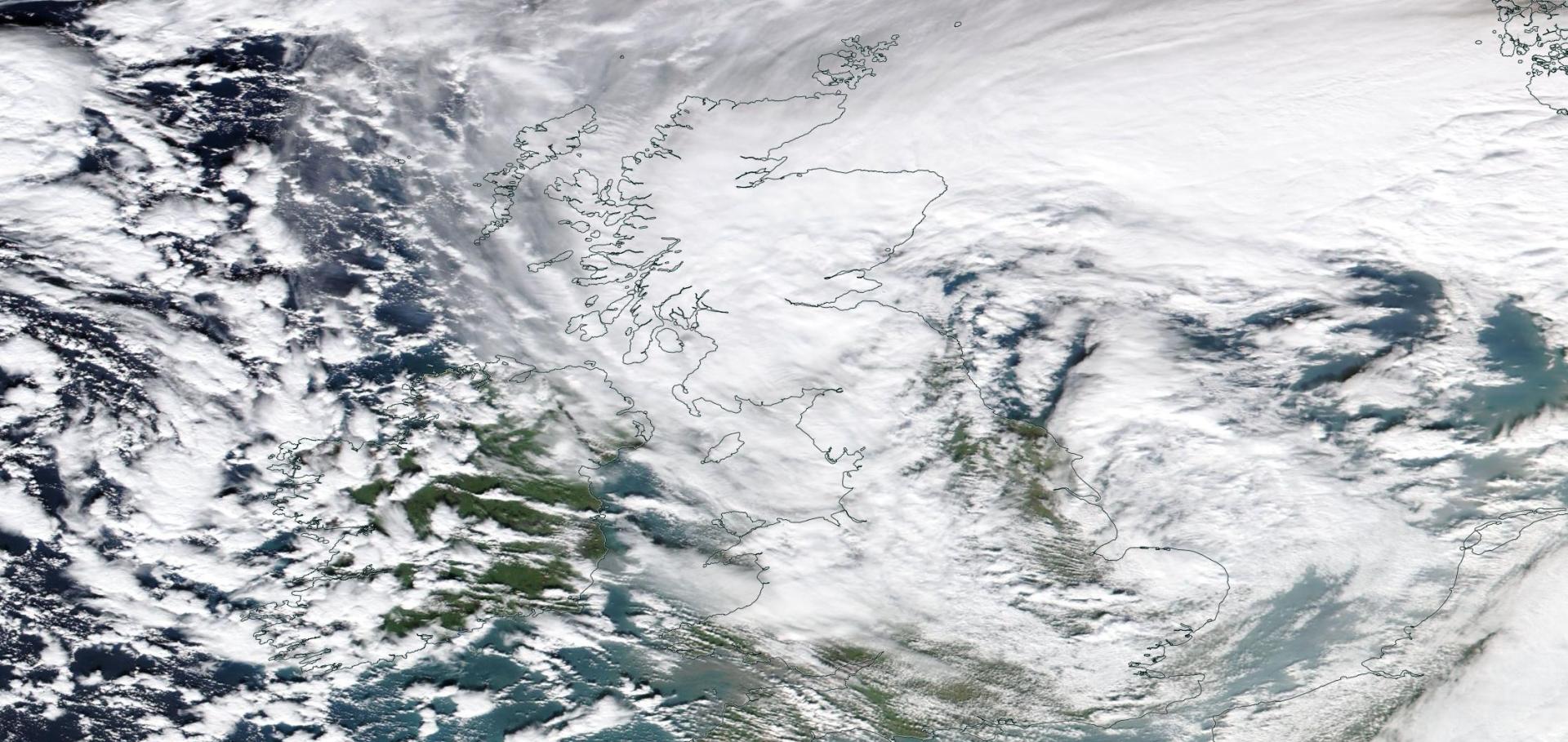Impact Attribution for Climate Law: The Case of Storm Irene
Copernicus Publications (2025)
Forecast-based attribution for midlatitude cyclones
Copernicus Publications (2025)
Towards an operational forecast-based attribution system - beyond isolated events
Copernicus Publications (2025)
Event attribution of a midlatitude windstorm using ensemble weather forecasts
Environmental Research: Climate IOP Publishing 3:3 (2024) 035001
Abstract:
The widespread destruction incurred by midlatitude storms every year makes it an imperative to study how storms change with climate. The impact of climate change on midlatitude windstorms, however, is hard to evaluate due to the small signals in variables such as wind speed, as well as the high resolutions required to represent the dynamic processes in the storms. Here, we assess how storm Eunice, which hit the UK in February 2022, was impacted by anthropogenic climate change using the ECMWF ensemble prediction system. This system was demonstrably able to predict the storm, significantly increasing our confidence in its ability to model the key physical processes and their response to climate change. Using modified greenhouse gas concentrations and changed initial conditions for ocean temperatures, we create two counterfactual scenarios of storm Eunice in addition to the forecast for the current climate. We compare the intensity and severity of the storm between the pre-industrial, current, and future climates. Our results robustly indicate that Eunice has become more intense with climate change and similar storms will continue to intensify with further anthropogenic forcing. These results are consistent across forecast lead times, increasing our confidence in them. Analysis of storm composites shows that this process is caused by increased vorticity production through increased humidity in the warm conveyor belt of the storm. This is consistent with previous studies on extreme windstorms. Our approach of combining forecasts at different lead times for event attribution enables combining event specificity and a focus on dynamic changes with the assessment of changing risks from windstorms. Further work is needed to develop methods to adjust the initial conditions of the atmosphere for the use in attribution studies using weather forecasts but we show that this approach is viable for reliable and fast attribution systems.Modelling interannual variability in a tropical cyclone hazard model
Copernicus Publications (2022)


